
Browse an alphabetical list of photographs. These historical images portray people, places, and events before, during, and after World War II and the Holocaust.
<< Previous | Displaying results 421-430 of 2641 for "Photo" | Next >>

Photograph of Blanka's granddaughter, Alexis Danielle, and her fiancé.
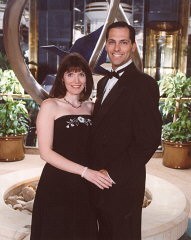
Defendant Paul Blobel at the Einsatzgruppen Trial, case #9 of the Subsequent Nuremberg Proceedings.
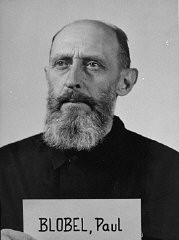
Jewish refugees board the SS Mouzinho for the voyage to the United States. Among these refugees is a group of Jewish children recently rescued from internment camps in France. Lisbon, Portugal, ca. June 10, 1941.
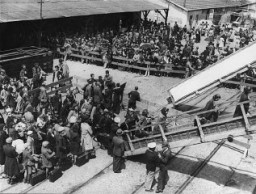
The bodies of former prisoners are piled in the crematorium mortuary in the newly liberated Dachau concentration camp. Dachau, Germany, April 29, 1945. This image is among the commonly reproduced and distributed, and often extremely graphic, images of liberation. These photographs provided powerful documentation of the crimes of the Nazi era.
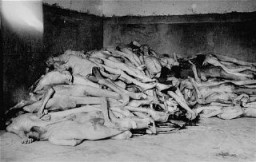
The bodies of SS General Reinhard Heydrich's assassins and five other operatives were displayed in front of the Carlo Boromeo Church (now the St. Cyril and Methodius Church). On May 27, 1942, two Czech parachute agents (Jan Kubis and Josef Gabcik) succeeded in rolling a hand grenade under Heydrich's vehicle. Heydrich later died from his wounds. Kubis and Gabcik went into hiding, joining with five other operatives in the Carlo Boromeo Church in Prague. On June 18, however, Nazi authorities became aware of…
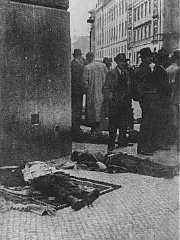
Victims of Ustasa (Croatian fascist) atrocities: the bodies of Jasenovac prisoners floating in the Sava River. Between August 1941 and April 1945.
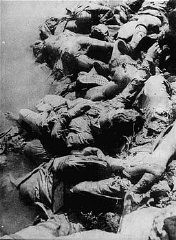
A US Army soldier views the bodies of prisoners piled on top of one another in the doorway of a barracks in Wöbbelin. Germany, May 4–5, 1945.
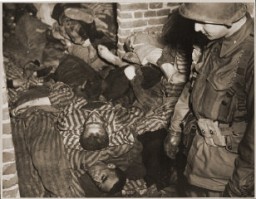
The bodies of prisoners killed in the Nordhausen concentration camp lie in a mass grave dug by German civilians under orders from US troops. Nordhausen, Germany, April 13-14, 1945.

Bodies of Soviet prisoners of war who died in an unidentified camp. Place and date uncertain (after the German invasion of the Soviet Union).
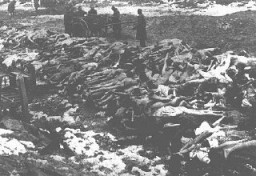
We would like to thank Crown Family Philanthropies, Abe and Ida Cooper Foundation, the Claims Conference, EVZ, and BMF for supporting the ongoing work to create content and resources for the Holocaust Encyclopedia. View the list of donor acknowledgement.